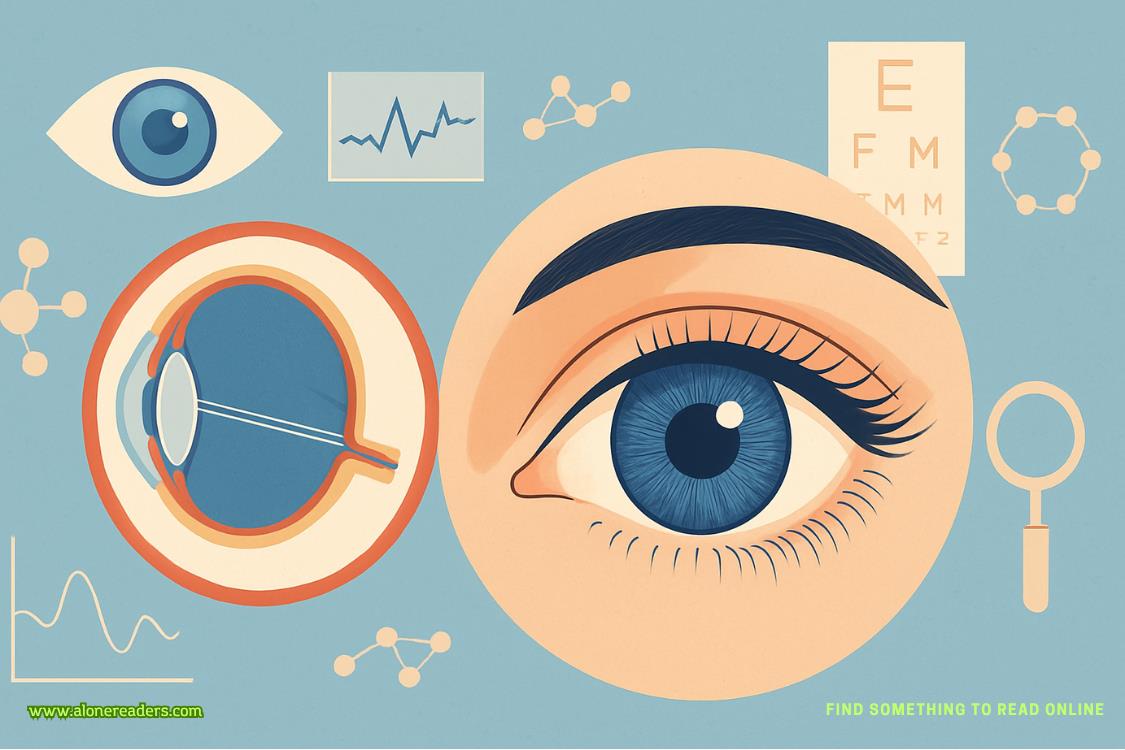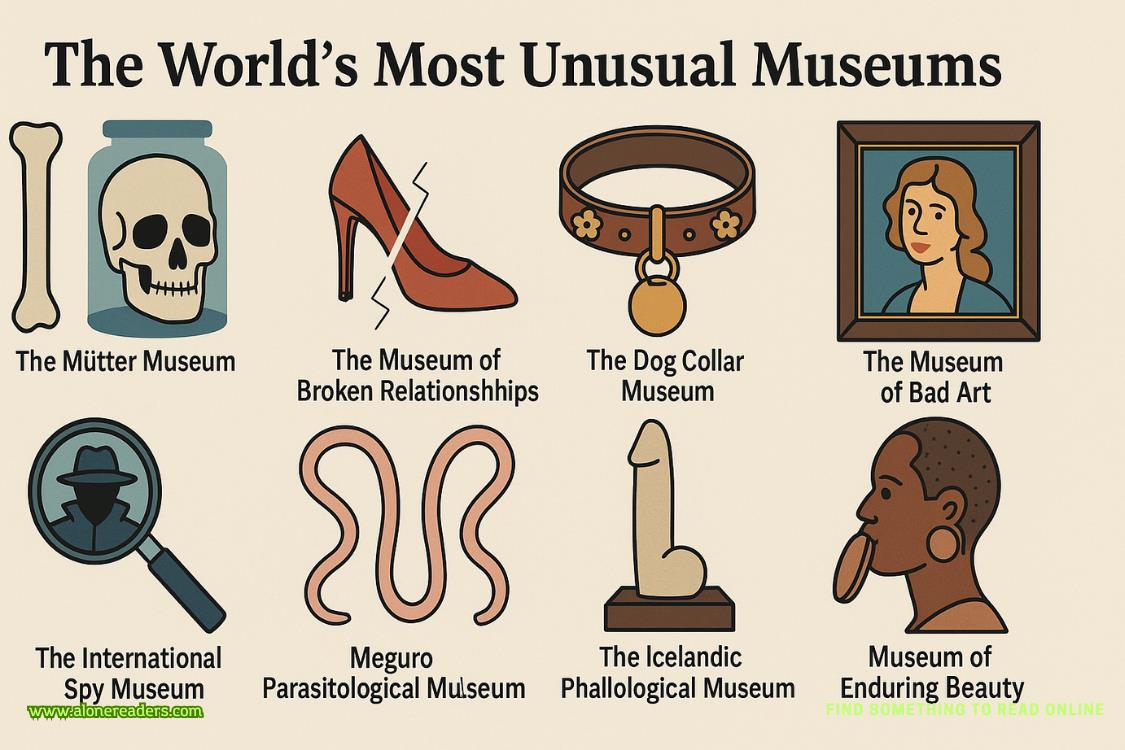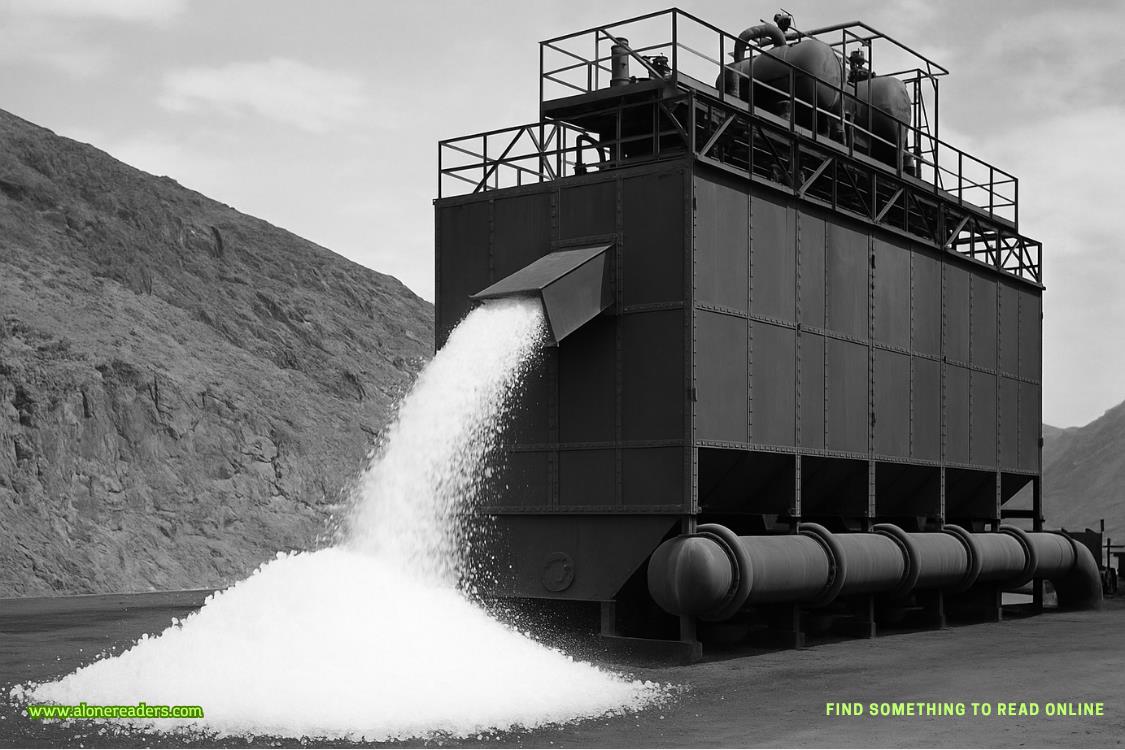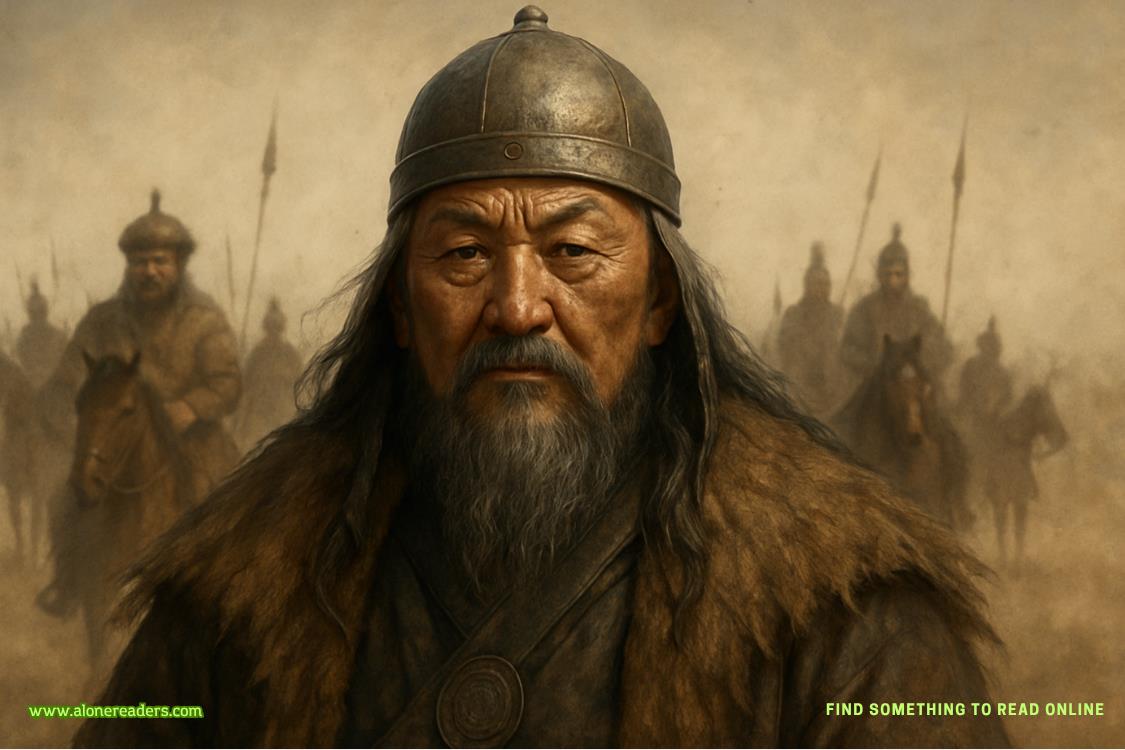Page 71 of Daisy Jones & The Six
And Julia pipes up and goes, “Daisy Jones!”
JIMBLADES:I was playing the Cow Palace the dayAuroracame out, I think. And I had a roadie go down to the record store and get it so I could listen to it. I remember sitting there, before we were about to go on, listening to “This Could Get Ugly,” smoking a cigarette thinking,Why didn’t I think to get her to joinmyband?
The writing was on the wall. They were gonna eclipse all of us.
With that cover, too. That cover was perfect California summer rock ’n’ roll.
ELAINECHANG(biographer, author ofDaisy Jones: Wild Flower):If you were a teenager in the late seventies, that cover was everything.
The way Daisy Jones carried herself, the way she was in full control of her own sexuality, the way she showed her chest through her shirt but it felt like it was on her own terms…it was a seminal moment in the lives of so many teenage girls. Boys, too, I understand. But I’m much more interested in what it meant for girls.
When you’re talking about images in which a woman is naked, subtext is everything. And the subtext of that photo—the way her chest is neither aimed at Billy nor at the viewer, the way her stance is confident but not suggestive—the subtext isn’t that Daisy is trying to please you or the man she’s with. The subtextisn’t“My body is for you.” Which is what so many nude photos are, what so many images of naked women are used for. The subtext—for her body, in that image—it’sself-possession.The subtext is “I do what I want.”
That album cover is why I, as a young girl, fell in love with Daisy Jones. She just seemed so fearless.
FREDDIEMENDOZA:It’s funny. When I shot the album cover, I thought it was just a gig. Now, all these years later, it’s all anybody asks about. That’s what happens when you do something legendary, right? Ah, well.
GREGMCGUINNESS(former concierge, the Continental Hyatt house):Once “Turn It Off” came out, everybody in town was talking about that record.
ARTIESNYDER:The week it came out—the very week it came out—I got three job offers. People were buying that album, listening to it, loving it, and they wanted to know who mixed it.
SIMONE:Daisy just blew up. She went from being well known to being an absolute sensation. She was it.
JONAHBERG:Aurorawas a perfect album. It was exactly what we all wanted it to be, but better than we anticipated. It was an exciting band putting out a confident, bold,listenablealbum from start to finish.
NICKHARRIS:Aurorawas romantic and brooding and heartbreaking and volatile all at once. In the age of arena rock, Daisy Jones & The Six managed to create something that felt intimate even though it could still play to a stadium. They had the impenetrable drums and the searing solos—they had songs that felt relentless in the best way possible. But the album also felt up close and personal. Billy and Daisy felt like they were right next to you, singing just to each other.
And it was deeply layered. That was the biggest thingAurorahad going for it. It sounds like a good-time album when you first listen to it. It’s an album you can play at a party. It’s an album you get high to. It’s an album you can play as you’re speeding down the highway.
But then you listen to the lyrics and you realize this is an album you can cry to. And it’s an album you can get laid to.
For every moment of your life, in 1978,Auroracould play in the background.
And from the moment it was released, it was a juggernaut.
DAISY:It’s an album about needing someone and having them love someone else.
BILLY:It’s an album about the push and pull of stability and instability. It’s about the struggle that I live almost every day to not do something stupid. Is it about love? Yeah, of course it is. But that’s because it’s easy to disguise almost anything as a love song.
JONAHBERG:Billy and Daisy was our biggest-selling issue of the seventies.
ROD:Rolling Stonedid a lot to get people to buy the record. But the real money was in how many people bought tickets to the show because of that article.
NICKHARRIS:You heard the album and you read about Billy and Daisy inRolling Stoneand you wanted to see it for yourself.
Youhadto see it for yourself.
With “Turn It Off” summitting the charts and spending four weeks in the top spot, andAuroraselling over 200,000 units every week, Daisy Jones & The Six was the act to see the summer of ’78. TheAuroraTour was selling out stadiums and booking holdover shows in major cities across the country.
ROD:It was time to get the show on the road. I mean that literally.
KAREN:There was a weird feeling on the buses. And by buses I mean the blue bus and the white bus. They both said “Daisy Jones & The Six” across them, but one had Billy’s denim shirt in the background and the other was Daisy’s tank top. We had two buses because we had so many people. But also because Billy and Daisy never wanted to have to even look at each other.
ROD:The blue bus was Billy’s bus, unofficially. Billy and Graham and Karen and myself, some of the crew, were normally on there.
WARREN:I took the white bus with Daisy and Niccolo and Eddie and Pete. Jenny was with Pete sometimes. The white bus was a much better time. Also, yeah, I’ll be on the bus with the tits painted on the window, thanks.
BILLY:I had a full sober tour under my belt. I felt all right going back on the road.
- Twins For His Majesty by Clare Connelly
- Shattered King by B.B. Hamel
- Getting His Fill by J. Snow
- Blood of the Loyal by Neva Cole
- Wrangled Up by Em Petrova
- Saving Love by Grace Parkes
- Puck Me Like You Hate Me by Holly Myers
- Dancer by Charity Parkerson
- The Rose's Thorns by Leona White
- Infatuation by Lauren Rowe
- Consummation by Lauren Rowe
- Revelation by Lauren Rowe
- The Werewolf's Sauna by Blake R. Wolfe
- Tempted to Touch by M.M. Phoenix
- Unbreakable Bonds by Marlyn Love
- Watcher by Flora Madison







